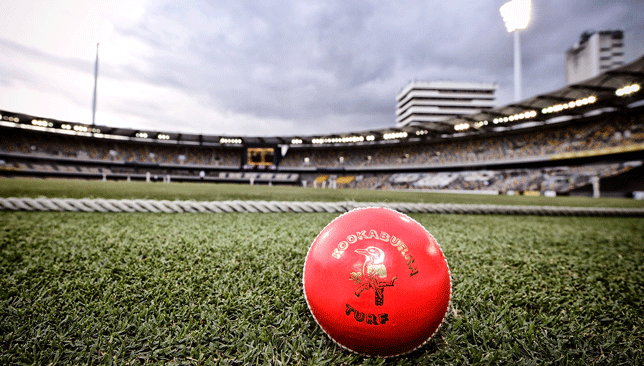
The announcement of Australia and New Zealand’s plans to go ahead with the world’s first-ever day-night Test series has sent ripples through the cricketing world.
There seems to be both uncertainty and excitement in equal measure surrounding the plans.
It has come under a deal of criticism from Australia’s cricketers, who have been left disappointed by the pink Kookaburra ball.
Used in Sheffield Shield matches last summer, the Aussie Kookaburra is scheduled to be the ball of choice if the 2015-16 series goes ahead.
Despite the hullabaloo surrounding the announcement, there are positives to take.
Here, we look at five things reasons why the series can be a huge success.
1. The timing
There is genuine interest in Test cricket all around the globe.
That said, the majority of people follow games on social media and via news outlets rather than heading to the stadium due to the games clashing with working hours.
However, with the matches being played on a day-night basis, the fans will have a chance to head to the grounds after work to catch the majority of play.
This will not only boost the ticket sales at the venue but also increase TV viewership with fans able to catch games on the box if they can’t go in person.
2. New strategy
With a change of ball and conditions, the strategies used in Test cricket will also be set for an overhaul.
Dew allows for a different kind of swing under the lights, something missing from traditional Test cricket but features predominantly in day-night matches in the shorter formats of the game.
With Tests played under floodlights, the way the captains marshal their troops will be completely different, creating even more variety in the longer form.
3. No bad light
Picture the scene; One wicket in hand, twenty runs to win with 15 overs to play.
Pressure is on both teams and the match in the finest of balance with every outcome still possible.
Excitement and tension fill the stadium and living rooms all over the world.
Two balls later, the umpires pull out their light readers and announce that the players are headed for the changing rooms with a draw as stark consolation for the teams and fans alike.
With day-night Test cricket coming to the fore, bad light will hardly be a factor.
As soon as the light starts fading, the floodlights will come on and play can continue giving the viewer’s a complete day’s play, everyday, unless it rains.
For broadcasters this is a huge added bonus in terms of generating viewership and advertising revenue and could result in yet more money being ploughed into the game.
4. Too much Twenty20
Almost every major cricket playing nation has its own domestic Twenty20 league.
If that isn’t enough, there is at least one T20 match in every international tour and to follow it up, we have had T20 World Cups every two years.
Because of the advent of this third format, Test cricket had taken a backseat but the advent of day-night Tests are sure to get more interest from the organisers and broadcasters with T20 cricket at risk of reaching a saturation point.
5. It’s Test cricket
No matter what, Test cricket remains the pinnacle of the sport and the format that every young cricketer aspires to play.
Every team wants to top the Test rankings more than they want to win the respective World Cups or Champions Trophy.
For any player, a Test century stands out above a century in 50 or 20-over cricket.
With the prospect of more positive results, increased spectatorship and financial investment, day-night Test matches could help rejuvinate cricket at all levels of the sport.